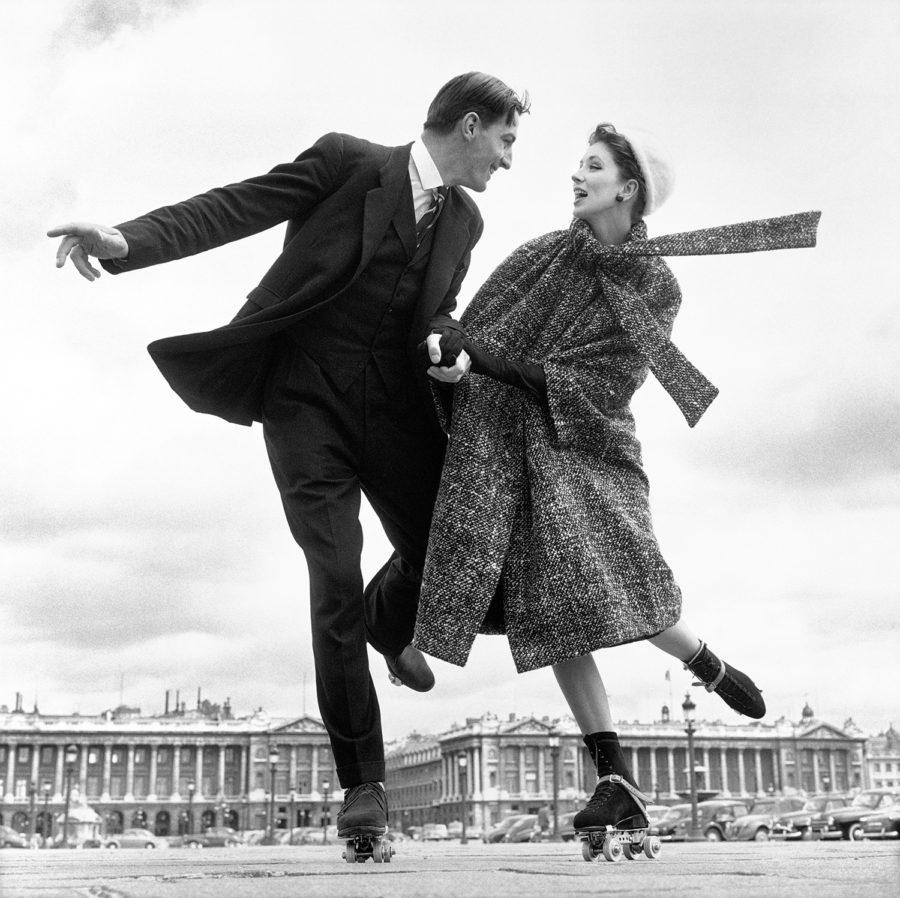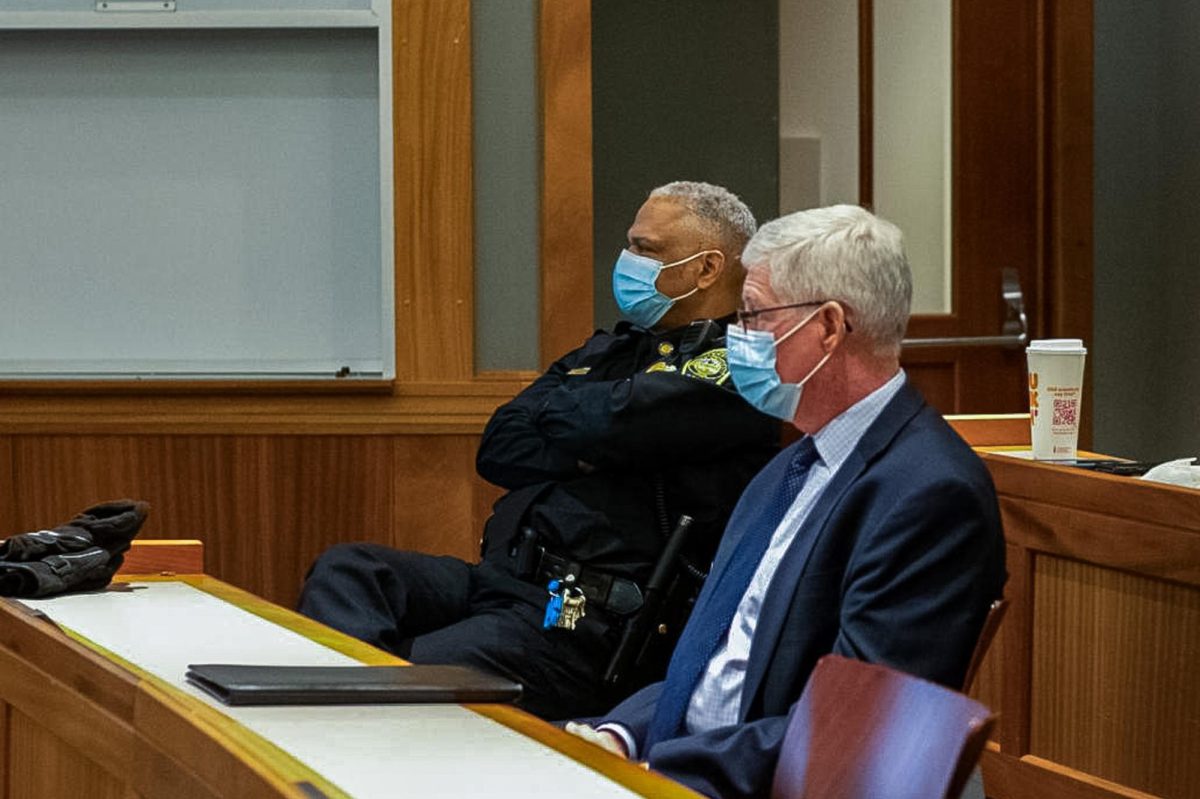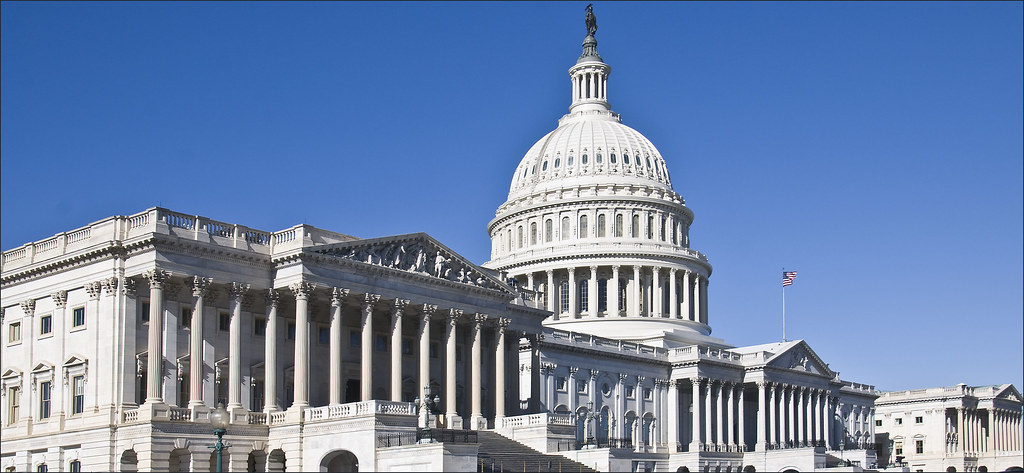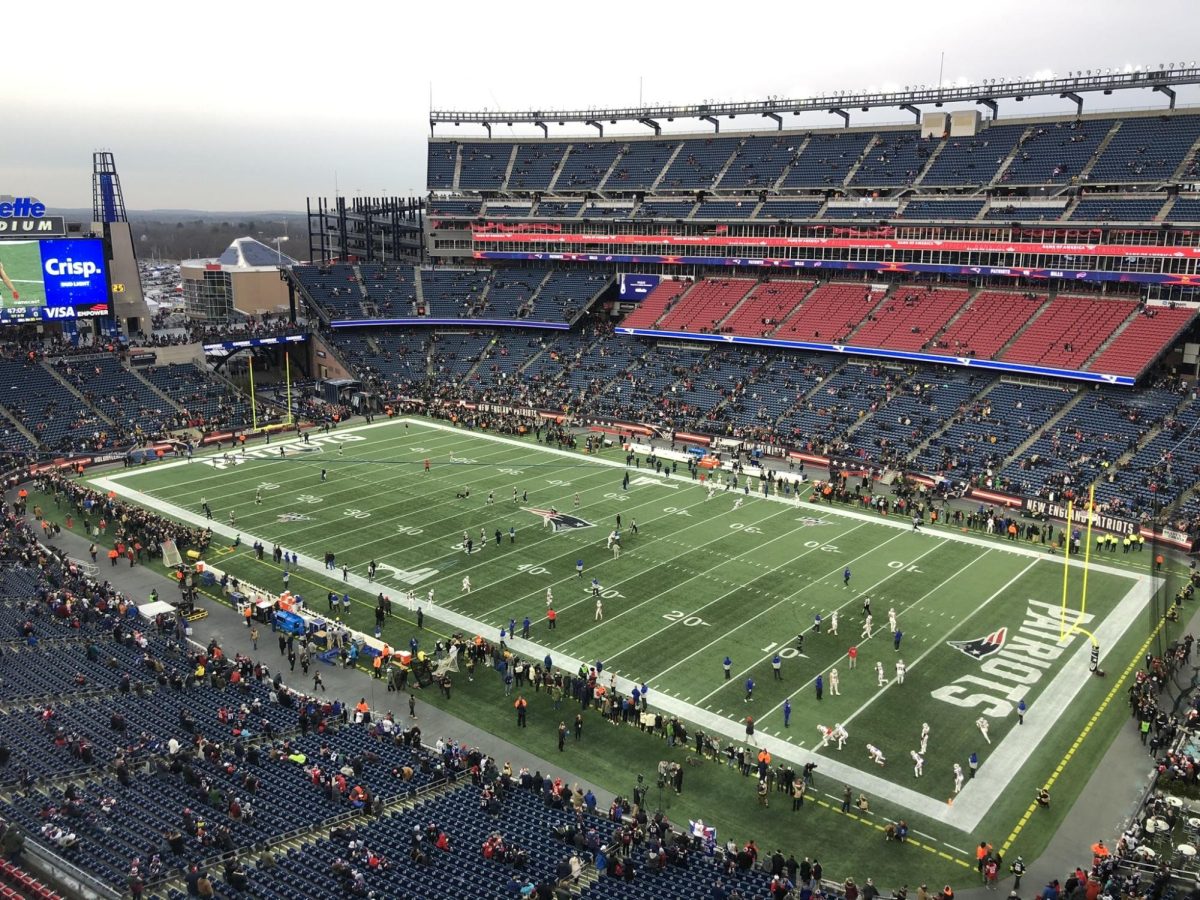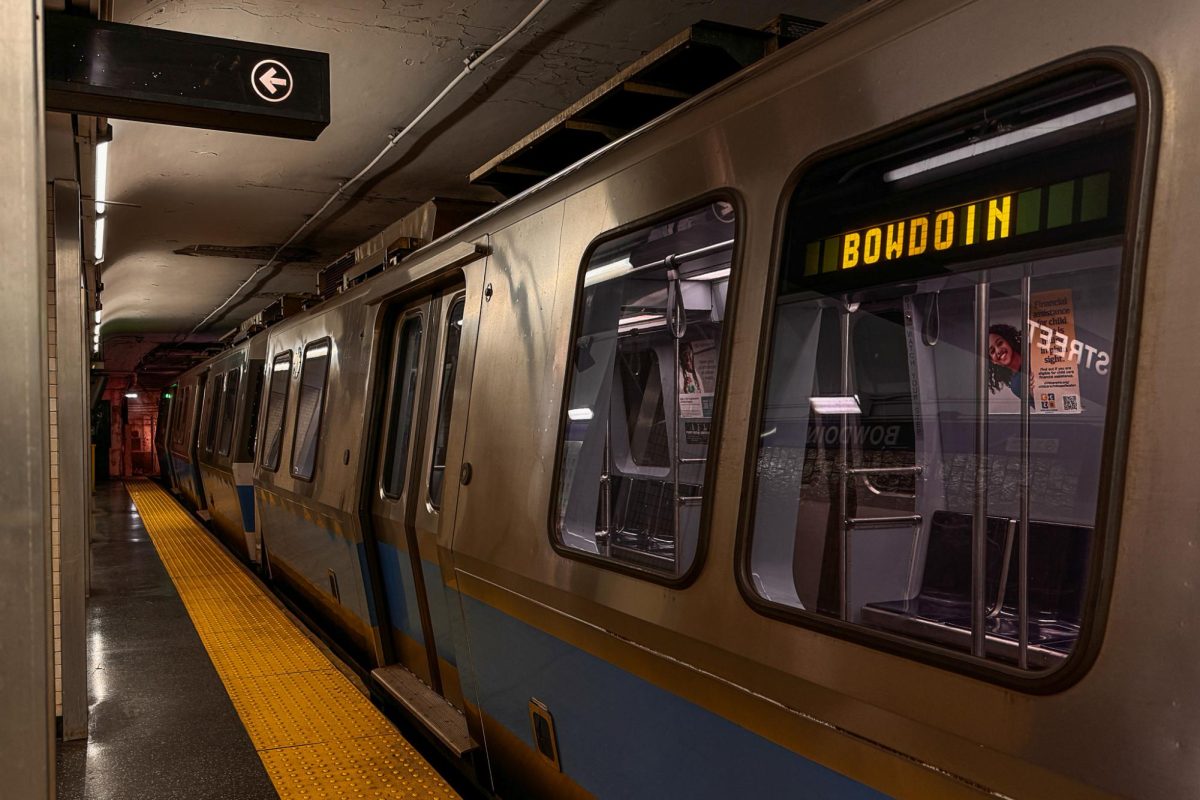Lexis Galloway
Journal Contributor
“Avedon Fashion 1944-2000,” on exhibit at the Museum of Fine Arts, is the first retrospective of Richard Avedon’s entire career in fashion photography and the first museum exhibition displaying his fashion work in over 30 years.
On view until January 17, 2011, the exhibit, located in the Foster Gallery, separates Avedon’s fashion work into sections of time. Beginning with the era of 1944-1949, the exhibit spans through 1950-1959, 1960-1969 and ends with 1970-2000 era. Each time period is shown in its own separate room, or portion of a room, so that the viewer easily looks at the progression and evolution of Avedon’s work within different themes and from the different publications he worked for.
With the exception of one room, which is darkly lit with black walls, the exhibit is presented on white walls with white frames and white mattes. One of the most interesting aspects of the exhibit, assuming it was intentional, is the alternating colors of the clothing on the models in Avedon’s photographs. Beginning with white and moving to black throughout the exhibit, each model in the photograph dons an alternating color.
The photos in the exhibit themselves vary. Many of the models are presented in either frontal view or three-fourths view, many in perfect focus. But as the eras progress, so do the photos. Single models change to two, sometimes three models in a shot, as does the posing and focus. The summary given for the exhibit explains Avedon’s evolution of interest throughout his work, which can be seen from era to era.
The earliest era focuses on couture fashion shoots, studio work, and shoots in famous places such as Egypt and Paris. This era is also the only time represented in the exhibit where the work prints are framed in wood. They are perfect, even including test prints with marks and writing to show their progression from beginning to end.
The second era, focusing on the 50s, changes in style and feeling, depicting a more romanticized culture and including candids and posed shots. In this room, a display called “Paris at Night” is shown on black walls and lights from above only. The photos present scenes out of real life, with the lights highlighting the focus of each print. It seems that the shots are chosen well from photograph to photograph, and stick with the alternating theme of black and white dress colors.
The 60s era section shows Avedon’s work from the fashion publication, Harpers Bazaar. The summary here explains his interest in, “the art of depicting women rather than promoting fleeting changes in style.” In this era, Avedon shot some of the most famous models including “Twiggy.”
The last era on display, 1970-2000, depicts his most over-the-top work. It includes some nude photos, work from both within and outside the studio, some of his work for Vogue and the New Yorker, and ad work for Versace. Many of the models are captured mid-pose in the photographs; jumping, dancing and moving to show the versatility of modeling. The alternating black and white theme is also brought into this room, as is the change in fabrics on the models from light material to heavy, even including a metal material, as the era progresses. This era also shows the progression of covers for Vogue Magazine in work prints, as he shot nearly every cover after 1980. Models such as Cindy Crawford are shown as fashion icons for features and portraits. This is also the only era that displays color photographs, printed in the New Yorker in 1992, which is a very different concept not seen in any previous work done by Avedon.
The exhibit as a whole is very creative throughout and is presented in a very coherent and interesting way so that viewers who may not know of Avedon’s work can see the changes in his style through the times. Avedon is quoted in the exhibit as saying, “You can’t separate fashion from the world. Fashion is the way we live.” The exhibit states, “He enlarged and complicated the image of fashionable women playing the earnest solemnities of fashion against what he conceived as the buoyant vigorous life of the 20th century women. He encouraged a new spectrum of expression, gesture and movement from his models and staked out a wide pictoral territory both inside and outside the studio.”
Overall, the exhibit was intriguing to see, especially because of the wide range of work over time. It almost seemed to be a deep look into aspects of the eras not typically shown through style and fashion. The work prints provide insight into one of this century’s most famous photographers who paved the way for what we see in fashion and publications today.


